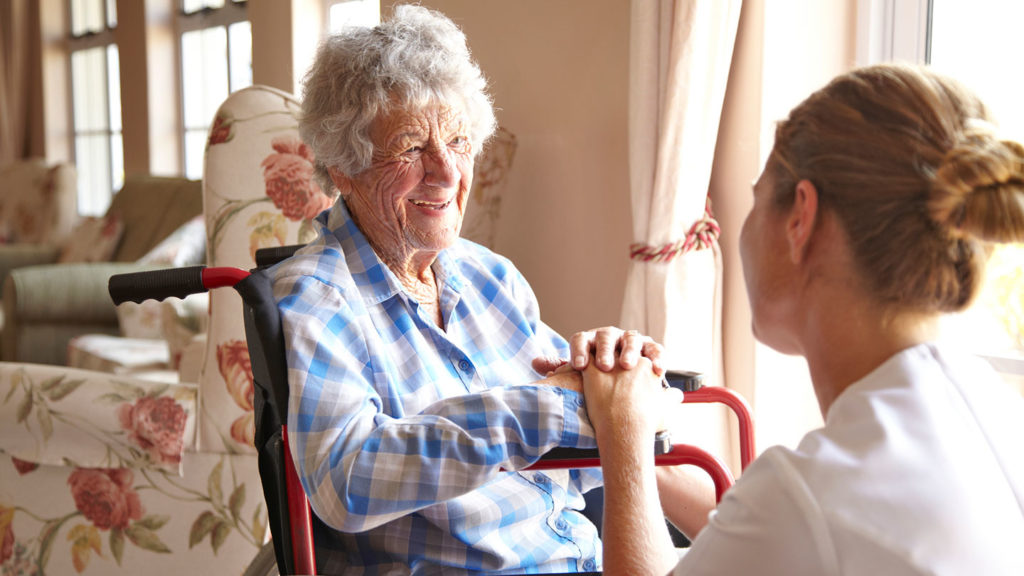
California has mirrored the country in double-digit growth in the number of assisted living beds and residents in recent years, with need expected to increase further with the aging population, according to a new report from the California Health Care Foundation.
The state saw a jump from 103,300 total assisted living beds and 83,100 total residents in 2012 to 134,500 beds and 106,300 residents in 2016 — a 30% increase in beds and a 28% increase in residents, according to “Long-Term and End-of-Life Care in California: Is California Meeting the Need?” At the same time, the United States moved from 851,400 total assisted living beds and 713,300 total residents in 2012 to 996,100 beds and 811,500 residents in 2016.
Meanwhile, the annual median cost of an assisted living unit was higher in California ($54,000) than across the country ($48,612), according to the report. Compared with similar states, only New York had a higher median cost, at $55,563.
California’s 65+ population will account for 20% of the state’s population in 2030 and almost one-fourth of the population by 2060. The population projections of the report from the nonprofit philanthropic organization align with the “2018 Profile of Older Americans” report from the federal Administration for Community Living, which predicted that the U.S. population aged 85 and older will more than double by 2040. In that report, California was cited as one of the states with the highest number of residents aged 65 or more years.
The new report states that almost 4 million Californians were living with a disability in 2016, representing one in three adults aged 65 and older. The number of seniors with one or more limitations in activities of daily living in the state is projected to increase from 1 million in 2015 to 2.7 million in 2060.
Long-term care and COVID-19
Long-term care facilities are under heightened scrutiny during the COVID-19 pandemic, residents’ advanced age and underlying health conditions make such facilities high-risk for coronavirus outbreaks, the authors said.
Almost 400 residents of adult residential facilities and residential care facilities for the elderly had died from the virus at the time of the report’s release. Combined with skilled nursing COVID-19 deaths, long-term care residents accounted for 49% of all coronavirus deaths in the state.
Other highlights from the report:
- Between 2008 and 2018, the number of home health agencies in California increased by 50%, and home health visits increased by 40%.
- In 2018, 19% of Medi-Cal spending was on fee-for-service long-term care services. The vast majority of the Medicaid program’s spending on long-term care, however, was on home health and personal care: $12.4 billion. Only 24% of Medi-Cal’s fee-for-service spending on long-term care covered institutional care.




